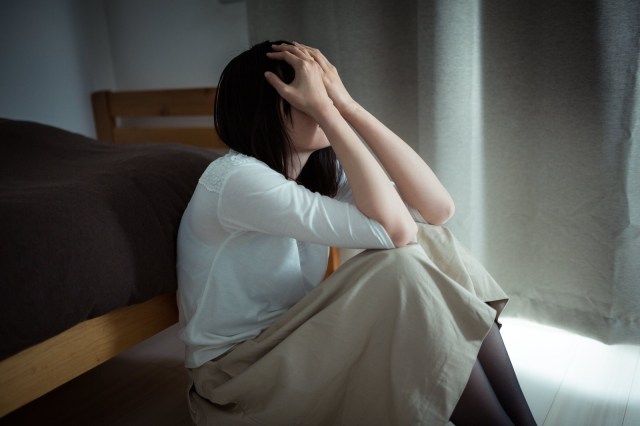
The survey results shed some light on how long people are willing to stay inside in the name of social distancing.
How long has it been since you last set foot outside the house? I left a moment ago to do some weeding, then hastily ran back inside to wash my hands. Even that tiny little respite is something, though; the feeling of warm sunlight against skin, the cooling hiss of wind carding through your hair. But the act of physically being outside is only half of the equation. What many people like me are missing — really, really missing — is the sensation of being around, talking with and enjoying life alongside other people.
And this brings us to the question posed by Japanese company Nomura Securities Co., who ran a survey based on statements released by Japan’s cabinet office: namely their call to action that people self-quarantine “as much as possible” in order to limit transmission of the contagious virus COVID-19. Though reductions have been seen in outside gatherings, there is also some doubt as to how long people can restrain themselves from going outside and congregating. On April 14, Nomura Societies released its analyses of the data.
▼ Working from home and Internet communication have eased some, but not all, of the hardship
Drawing from a pool of 1,473 responses regarding how long they felt capable of self-quarantining to prevent COVID-19 spread, the largest number — 36.9 percent — responded “about a week”, with 18.9 percent claiming they could last a full two weeks. The next highest percentage, 15.4 percent, was for those who felt they could stand to stay isolated just for two or three days.
Nomura Societies provided a weighted average for the survey’s over-18-year-old demographic: the average survey participant could last 14.4 days sequestered inside without any physical contact with the outside world. This average split in some interesting ways when interrogated by age: those in their 40s averaged to just 12 days, while recipients in their 70s averaged out to 18 days.
▼ The difference in limits may be linked to participants’ desire to leave the house for work.
As the development of COVID-19 is uncertain, and social distancing may be required to continue until at least 2022 in worst-case scenarios, this information can be helpful when implementing services to maintain mental health, levels of exercise and general daily structure during long periods of isolation. It is important to remember that many people, especially the elderly, disabled or individuals under home arrest, already have to stay indoors for extended periods and have developed habits and routines to keep going. And no matter how difficult it may feel to stay at home, you’re at least safe in the knowledge that you’re helping to keep others safe.
Source: LiveDoor News/Asahi Shimbun via Hachima Kikou
Top image: Pakutaso
Insert images: Pakutaso (1,2)
● Want to hear about SoraNews24’s latest articles as soon as they’re published? Follow us on Facebook and Twitter!